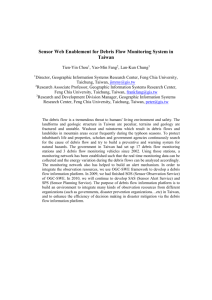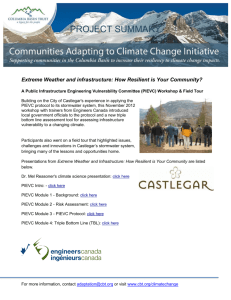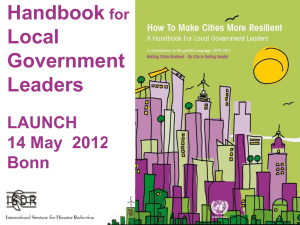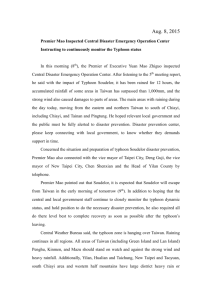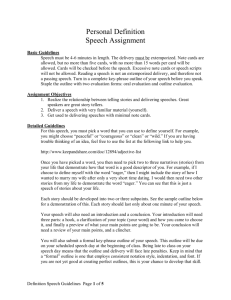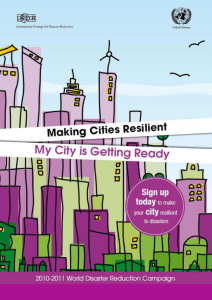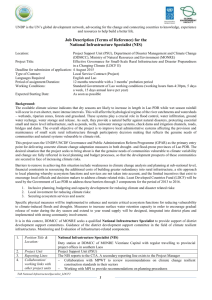examples from communities affected by debris flow disaster
advertisement
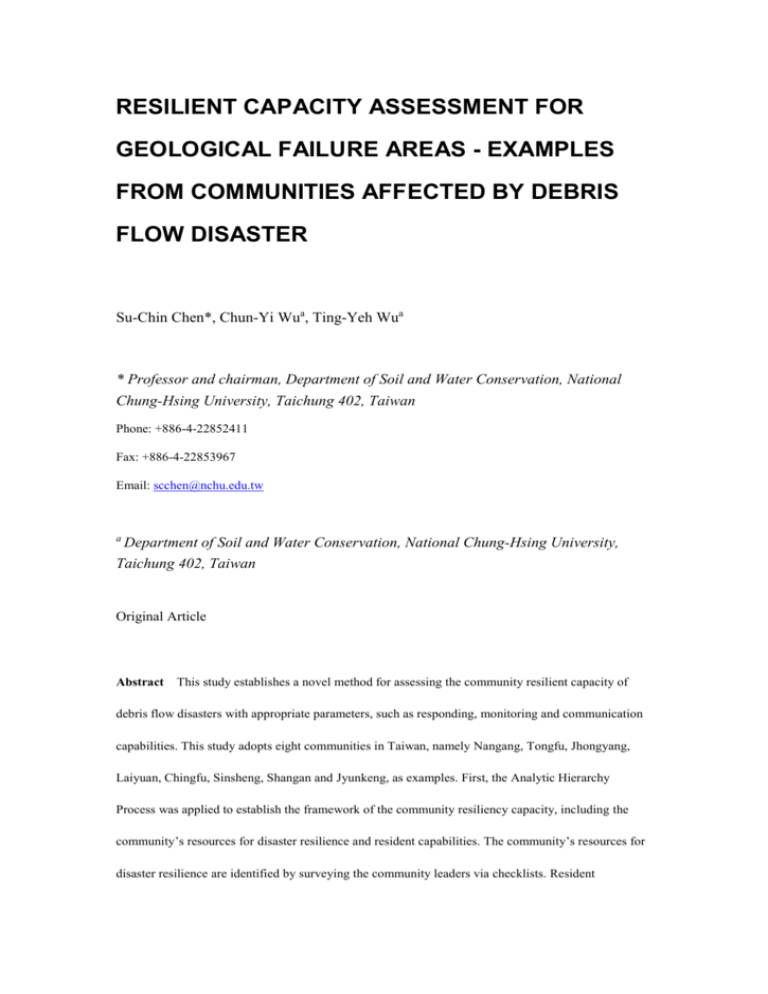
RESILIENT CAPACITY ASSESSMENT FOR GEOLOGICAL FAILURE AREAS - EXAMPLES FROM COMMUNITIES AFFECTED BY DEBRIS FLOW DISASTER Su-Chin Chen*, Chun-Yi Wua, Ting-Yeh Wua * Professor and chairman, Department of Soil and Water Conservation, National Chung-Hsing University, Taichung 402, Taiwan Phone: +886-4-22852411 Fax: +886-4-22853967 Email: scchen@nchu.edu.tw a Department of Soil and Water Conservation, National Chung-Hsing University, Taichung 402, Taiwan Original Article Abstract This study establishes a novel method for assessing the community resilient capacity of debris flow disasters with appropriate parameters, such as responding, monitoring and communication capabilities. This study adopts eight communities in Taiwan, namely Nangang, Tongfu, Jhongyang, Laiyuan, Chingfu, Sinsheng, Shangan and Jyunkeng, as examples. First, the Analytic Hierarchy Process was applied to establish the framework of the community resiliency capacity, including the community’s resources for disaster resilience and resident capabilities. The community’s resources for disaster resilience are identified by surveying the community leaders via checklists. Resident capabilities are determined using questionnaires. The community resilient capacity refers to the sum of the results from these two investigations. The two investigations have similar weights, indicating that they are equally significant when evaluating community resilient capacity. Second, FLO-2D software is utilized for hazard analysis by simulation results of deposited areas for debris flows, and then these areas were categorized according to hazard degrees. Finally, the vulnerability of communities is classified based on the land use type. In summary, the values of capacity, hazard and vulnerability are integrated to determine the risk of debris flow for each community. A risk map is then generated. Keywords hazard analysis, vulnerability, resilient capacity, risk assessment, Taiwan

